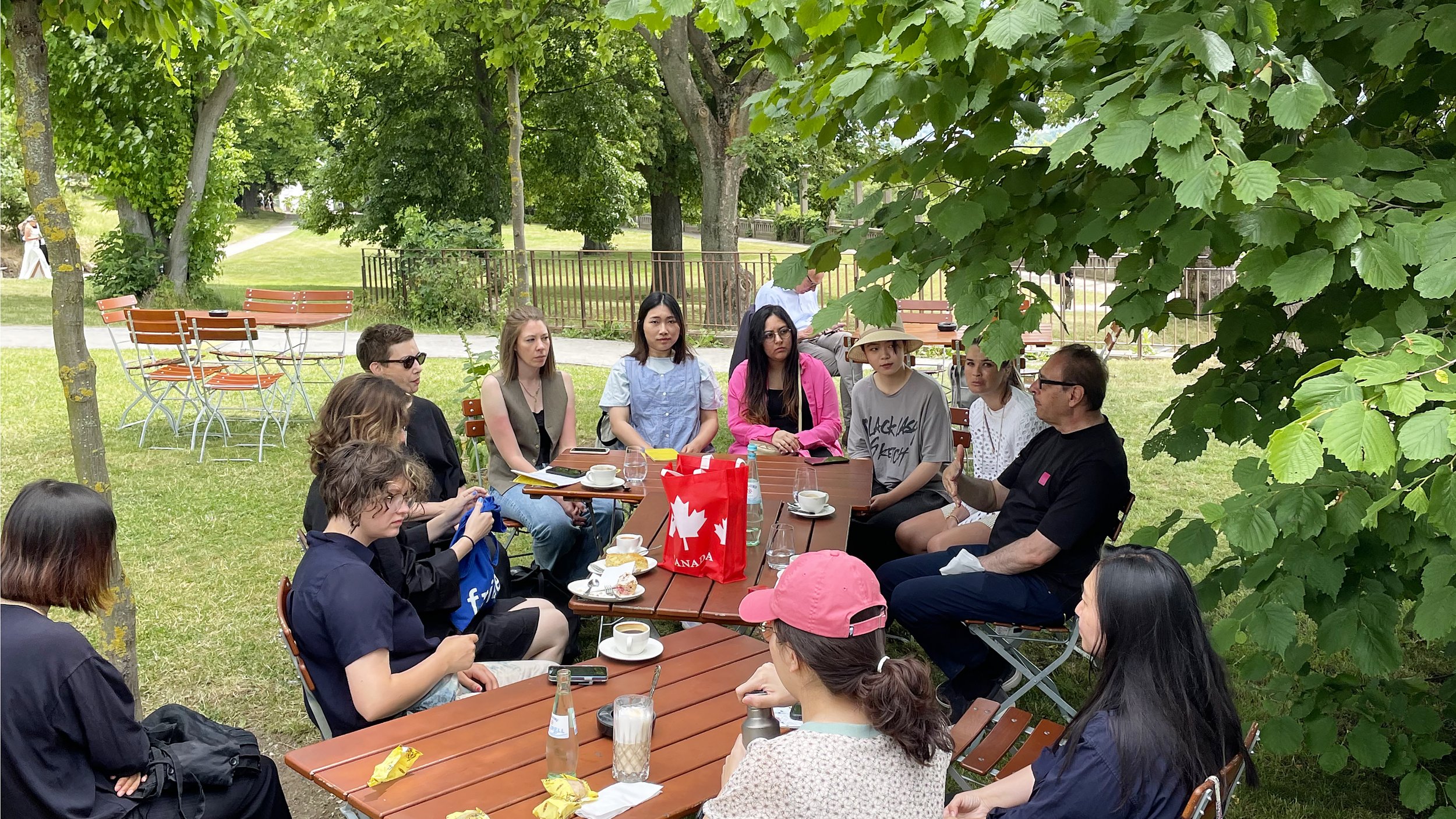
Cost & Expenses
-
For the information you need to calculate your tuition and other academic expenses at SVA, please visit this page.
-
Your monthly living costs (including rent, transportation, and meals) will vary, depending on where you choose to live, if you choose to live alone or with others, and your spending habits. See the information below to calculate what the costs may be, depending on your choices.
-
Your rent and accommodation costs depend on the neighborhood you choose to live in and whether you will be living with roommates or not. To live alone, you should plan to budget between at least $1,500 and $2,000 per month. Many of our students share residences with other students, which will cost considerably less. There are good sources online to find a reasonably priced place to live, such as craigslist and listingsproject. It’s also useful to just reach out to other students in the program.
-
Cooking your meals at home and making your own lunch is typically less expensive than eating out in NYC. Food expenses will depend on what you like to eat, of course, but you should expect to pay approximately $100 per week. Eating out at a restaurant or getting delivery may cost around $15 - $40 per person. Always inquire to see if a student discount is available.
SVA’s only dining facility is Moe’s Cafe, one of which is located directly across the street from our space. There is a limited SVA meal plan only valid at Moe’s Cafe locations on the East and West Sides of campus. Otherwise, there are countless food options nearby MACP’s 21st Street location, including a Trader Joe’s right at the corner of 21st Street and Sixth Avenue, a minute away from us. This chain of supermarkets is the most economical in the city.
-
Read SVA’s advice on best practices for NYC transport.
Traveling by either subway or by bike are the most budget-friendly methods for transport available to you in NYC. If you plan to travel multiple times a day on the subway throughout the week, save money by getting an unlimited Metrocard for $33 (7-day) or $127 (30-day).
Buying an affordable bike is relatively easy in NYC with sites like Craigslist providing numerous used and reasonably priced options in all boroughs. For daily bike rentals, Citi Bike is the standard. Rentals start at $4.49 per trip, $19 for a day pass, and $205 for a year pass.
-
Beyond the most basic expenses like rent and food, you’ll also need to budget for additional essential costs, including but not limited to the following:
-Utilities
-Internet
-Mobile phone
-Computer (please refer to the information below about discounts at the SVA Campus Store)
-
Get in FREE to NYC museums with your SVA ID card. Participating museums include Brooklyn Museum, MoMA PS1, Museum of Modern Art, New Museum of Contemporary Art, and Whitney Museum of American Art.
You will have access to a number of streaming services and online film collections for free through the SVA library. These services and collections include Cinema Guild, EAI, Film Platform, First Run, Kanopy, Silent Film Online, Sony Pictures Classics, Swank, and Third World Newsreel, among others.
-
Exclusively serving the SVA community, the SVA Campus Store provides computer hardware, tablets, hard drives, and other tech accessories at specially discounted prices. The store is an Apple Authorized Reseller & Repair Center, offering recommendations and repair services specific to SVA students, staff, and faculty.
-
-
Crucial to the professional training and networking that are core aspects of curatorial practice is the Internship and Fieldwork program that takes place during the summer between your first and second year of studies. With a special grant, the department provides a roundtrip flight at no charge to our students for a trip overseas to visit an important biennial exhibition and take part in discussion and workshops at the event. This is followed by two months at a major international cultural institution with a mentor overseeing your curatorial work. Students will have to budget for their lodging and food during the summer, which will vary by destination. Some institutions will offer remuneration for the internship.
